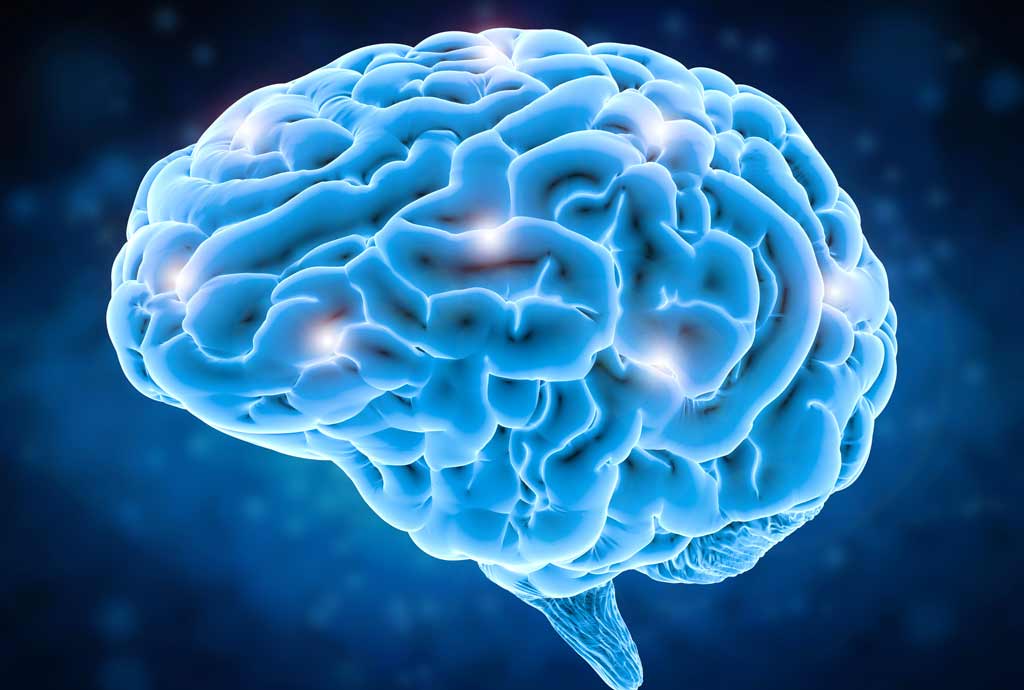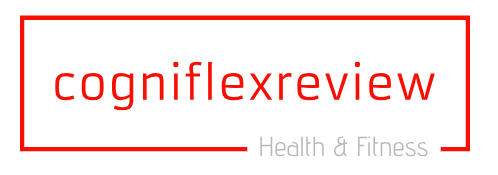
Table of Contents
- What Are Brain Injuries?
- Understanding NAD
- Relationship Between NAD and Brain Health
- Benefits of NAD Therapy
- Case Studies and Research
- How to Get Started with NAD Therapy
- Frequently Asked Questions
- Final Thoughts
What Are Brain Injuries?
Brain injuries encompass a wide spectrum, from mild concussions that temporarily affect the brain’s function to severe traumatic brain injuries (TBIs) that can have lasting repercussions. These injuries often result in significant cognitive deficits, emotional instability, and motor impairments. Approximately 2.8 million people in the United States sustain a traumatic brain injury each year, with many requiring extensive rehabilitation to regain their previous level of functioning. Treatment options like NAD IV drips brain restoration therapy are being explored for their potential to aid in recovery. Understanding brain injuries’ scope, causes, and implications is crucial for developing effective treatment and rehabilitation strategies.
Understanding NAD
Nicotinamide Adenine Dinucleotide, commonly called NAD, is a critical coenzyme in all living cells. It plays a fundamental role in cellular metabolism and energy production, which are essential for life. NAD involves several key biochemical pathways, including converting nutrients into cellular energy. As we age, the levels of NAD in our bodies naturally decline, which can lead to reduced cellular function and increased vulnerability to disease. Research has demonstrated that NAD supplementation can help to restore these levels, thus promoting cellular health and longevity. This makes NAD a promising candidate for aiding brain health, particularly in recovery from injury.
How to Get Started with NAD Therapy
Embarking on NAD IV therapy Scottsdale typically begins with a comprehensive consultation with a healthcare provider. This initial step is crucial for tailoring the treatment to individual needs and conditions. Healthcare providers will assess factors such as the severity of the brain injury, overall health status, and specific recovery goals to determine the appropriate NAD therapy protocol. NAD is commonly administered intravenously, which allows for maximum absorption and efficacy. This method ensures that high levels of NAD are delivered directly into the bloodstream, facilitating prompt cellular uptake and utilization. It’s important to follow the prescribed treatment regimen and attend regular follow-up sessions to monitor progress and make any necessary adjustments to the therapy.
Relationship Between NAD and Brain Health
NAD’s role in brain health is particularly significant when considering its impact post-injury. Brain injuries often lead to a depletion of cellular NAD levels, further impairing recovery by limiting energy production and increasing oxidative stress. Supplementing with NAD can help to mitigate these effects by enhancing mitochondrial function and promoting the repair of damaged cells. This is especially crucial in the context of traumatic brain injuries, where the brain’s natural repair mechanisms are often overwhelmed. NAD’s ability to support neuroplasticity—the brain’s capacity to form and reorganize synaptic connections—also plays a critical role in recovery, potentially reducing the long-term cognitive and emotional impacts of brain injuries.
Benefits of NAD Therapy
- Enhances cognitive function: NAD therapy can improve memory, focus, and overall cognitive clarity, which are often compromised following a brain injury.
- Reduces inflammation: Chronic inflammation is a common consequence of brain injuries that can hinder recovery. NAD helps to modulate the body’s inflammatory response.
- Improves mood and emotional health: Brain injuries frequently lead to mood swings, anxiety, and depression. NAD’s role in regulating neurotransmitters can help to stabilize mood and promote emotional well-being.
- Supports neurological recovery: By enhancing energy production and reducing oxidative stress, NAD supports the brain’s natural healing processes, restoring damaged neural pathways.
Case Studies and Research
Several case studies and research initiatives have demonstrated the potential benefits of NAD therapy for brain health. A notable study published in Frontiers in Neuroscience showcased how NAD supplementation significantly improved recovery outcomes for patients with traumatic brain injuries. The study highlighted key benefits of enhanced cognitive function, reduced inflammation, and faster neurological recovery. These findings are supported by a growing body of research that underscores the role of NAD in cellular repair and energy production, making it a promising therapeutic avenue for those recovering from brain injuries.
Frequently Asked Questions
- What are the common side effects of NAD therapy? Most patients experience minimal side effects, including mild nausea, headache, or fatigue. These side effects are typically short-lived and subside as the body adjusts to the therapy.
- How long does it take to see results? The timeline for experiencing the benefits of NAD therapy can vary. Many patients report improvements in cognitive function and energy levels within a few sessions, although long-term benefits often become more apparent over several weeks of consistent treatment.
- Is NAD therapy right for everyone? While NAD therapy offers significant potential benefits, it may not suit everyone. It’s essential to consult a healthcare professional to evaluate whether NAD therapy is appropriate based on individual health conditions and recovery objectives. This personalized approach ensures safety and maximizes the potential for positive outcomes.
Final Thoughts
NAD therapy represents a promising frontier in the treatment of brain injuries, offering a multifaceted approach to enhancing brain health and facilitating recovery. NAD paves the way for significant improvements in cognitive function, emotional well-being, and overall recovery outcomes by boosting cellular energy, reducing oxidative stress, and supporting neuroplasticity. As research continues to unfold, NAD therapy stands out as a potentially transformative option for those seeking to restore brain health after an injury. It’s always advisable to consult with healthcare professionals to determine the suitability and optimal approach to incorporating NAD therapy into a comprehensive recovery plan.




